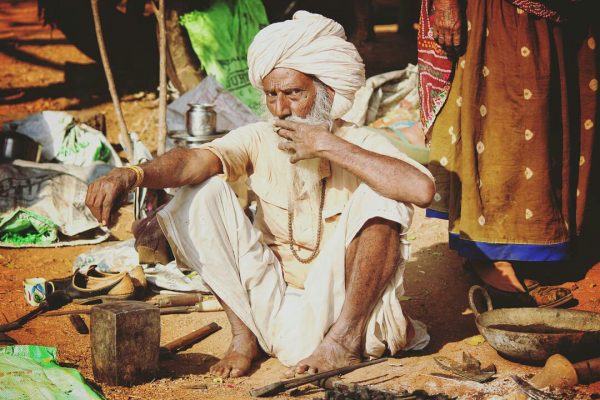Shilpgram Utsav: An Alluring Summation of Indian Handicrafts Ends with a Promise to Come Next Year
Shilpgram Utsav In Udaipur • December 21 to 30 December 2017 All roads led to Shilpgram, craftsmen’s village, a huge ethnographical museum that comprises over 31 rural dwellings from the…
